Website Accessibility Compliance
What is the Rehabilitation Act and specifically Section 504 & 508?
 Section 504 of the Rehabilitation Act of 1973 is a national law that protects qualified individuals from discrimination based on their disability. Section 504 applies to employers and organizations that receive financial assistance from any Federal department or agency, including the U.S. Department of Health and Human Services (DHHS).
Section 504 of the Rehabilitation Act of 1973 is a national law that protects qualified individuals from discrimination based on their disability. Section 504 applies to employers and organizations that receive financial assistance from any Federal department or agency, including the U.S. Department of Health and Human Services (DHHS).
However, Section 508 was enacted as an amendment to the Rehabilitation Act and such was a pioneering piece of legislation in disability discrimination prevention. Section 508 mandates federal agencies to ensure the accessibility of Information and Communications Technology (ICT) for individuals with disabilities. Section 508’s purview extends to digital accessibility and electronic communication, encompassing various aspects.
Section 508’s purview extends to digital accessibility and electronic communication, encompassing various aspects:
- Public-facing website pages
- Website forms
- Emails, whether internal or external
- Software, including mobile applications
- Online training materials
- Employment application pages
- All digital file formats, including PDFs
Expanding Reach Beyond Federal Entities: While Section 508 primarily governs federal agencies, it also extends its reach to:
- Financially assisted state, county, and civil authorities
- Federally assisted educational institutions, museums, healthcare facilities, and other entities
- Contractors of all sizes and domains engaged with the U.S. government
Distinguishing Section 508 from the ADA:
Section 508, under the Rehabilitation Act, pertains to federally funded agencies and organizations, including contractors and suppliers. It mandates these entities to offer digital communications complying with Section 508 requirements, aligned with Level AA of WCAG.
In contrast, the Americans with Disabilities Act (ADA) applies to businesses open to the public, nonprofit entities, and regional and state governments. Title III of the ADA prohibits discrimination against individuals with disabilities in public spaces. It is noteworthy that U.S. courts are increasingly asserting the ADA’s applicability to websites and mobile applications.
Understanding Section 508 Compliance Requirements:
The U.S. Access Board provides straightforward accessibility guidelines within Section 508. Additionally, the Board integrated WCAG 2.0 into Section 508 standards in 2017. The latest updates mandate agencies to conform to both Level A and Level AA of WCAG. Furthermore, organizations must ensure that their digital content remains compatible with various assistive technologies, such as screen readers.
Voluntary Product Accessibility Template (VPAT):
A Voluntary Product Accessibility Template (VPAT) serves as a tool to demonstrate how ICT products align with revised Section 508 standards. It emphasizes that digital information and communications must be accessible to all individuals. Federal agencies and organizations are obligated to provide ICT conforming to Section 508 accessibility standards. A comprehensive VPAT assessment enables organizations to report compliance, and they bear the responsibility of finalizing a VPAT to affirm such compliance.
Risks of Non-Compliance:
Non-compliance with Section 508 or other digital accessibility laws poses substantial legal risks. The frequency of related lawsuits is on the rise, with severe financial implications, particularly for smaller organizations. In 2022 alone, over 3,000 organizations faced lawsuits related to accessibility. Beyond legal penalties, these lawsuits can inflict significant damage to an organization’s public image. However, embracing assistive technology tools and adhering to web best practices can mitigate legal consequences and adverse publicity.
Five Tips for Section 508 Compliance:
- Provide assistive technology for users with fine motor skill impairments to navigate using a keyboard.
- Ensure visibility of all interactive on-screen elements.
- Include alt text for all non-text elements.
- Adhere to recommended color contrast ratios, ensuring that color is not the sole conveyance of information.
- Structure documents without reliance on associated style sheets, eliminating the need for cascading style sheets on web pages.
In Conclusion: Section 508 compliance transcends legal obligations; it is about fostering a barrier-free online environment for everyone. People with disabilities have long grappled with exclusion from digital platforms, and organizations play a pivotal role in rectifying this disparity. Prioritizing Section 508 compliance contributes to a more inclusive web.

